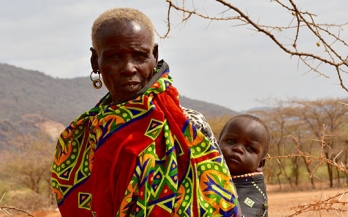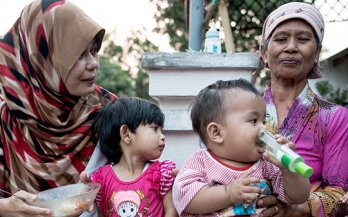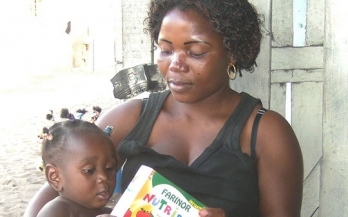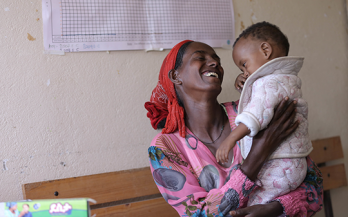The objective of this Food and Nutrition Bulletin supplement is to focus attention on the need to integrate actions to improve maternal, infant, and young child nutrition.
This supplement brings together papers focusing on the critical 1000 days of human development from pregnancy until 2 years of age.
This investigation used data from focused ethnographic studies in five rural counties in Kenya to determine whether the concept of “special foods for infants and young children” exists in the different ethnic groups in these areas as an identifiable component of cultural beliefs and knowledge.
Iron deficiency anemia is a major public health problem in sub-Saharan Africa. The objective of this study was to evaluate the efficacy of a complementary food fortified with sodium iron EDTA plus either ferrous fumarate or ferric pyrophosphate to combat iron deficiency anemia in preschool-age children in a highly malaria endemic region.
The objectives of this study were to review the evidence base for maternal and Infant and Young Child Nutrition (IYCN) actions and to discuss the development of the Maternal, Infant, and Young Child Nutrition Network in relation to the IYCN Working Group's role and structure.
The objective of this study was to improve the understanding of contributors associated with the nutritional status of children 6 to 23 months of age living in urban areas of the Philippines.
The objective of this study was to examine the influence of improved information and educational messages on outer packaging of a micronutrient powder (MNP), locally known as “Taburia”, on knowledge and adherence to recommended use.
Poor complementary feeding practices among infants and young children in Côte d’Ivoire are major contributing factors to the country’s high burden of malnutrition. The objective of the current research was to assess various levels of coverage of the program and to identify coverage barriers.
This commentary aims to discuss the multiple ways in which private sector can leverage its expertise to improve nutrition in general, and complementary feeding in particular.
As a highly bioavailable iron compound, sodium iron (iii) ethylenediaminetetraacetate (NaFeEDTA) has been recommended as a food additive for fortification. The objective of this study was to calculate the dosage of NaFeEDTA for fortifying complementary foods assuming different population prevalences of underweight.










